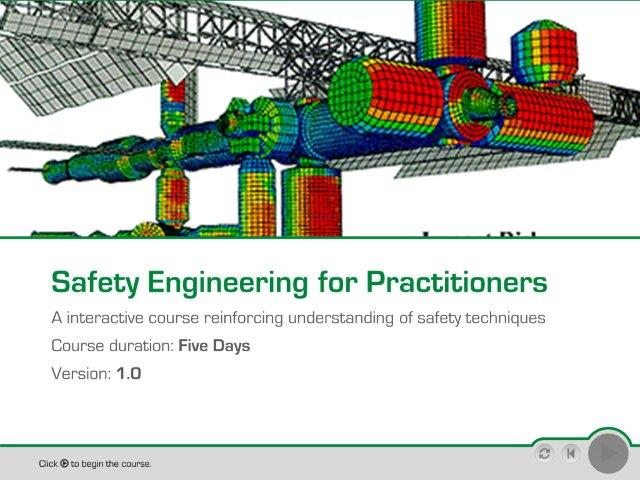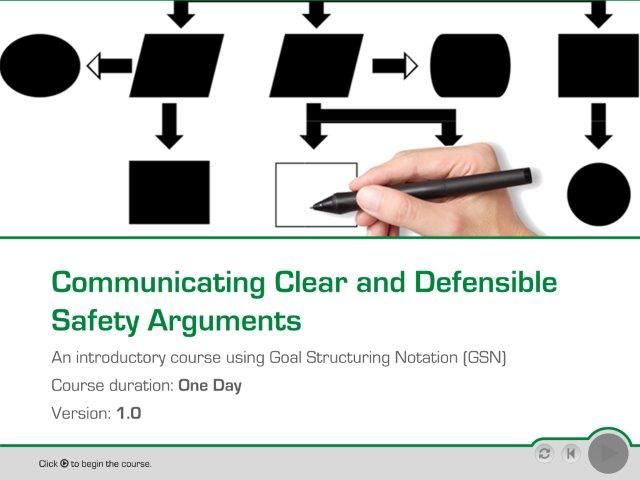Your products comprise any goods or services, including intellectual property, developed or traded by your company, including products consumed internally or supplied to clients. All companies have moral, legal and financial responsibilities to ensure their products are safe. The UK, EU, US and International legislation that drives the design, construction and supply of safe products has common themes: analyse hazards, reduce risks, and manage safety.
This course uses presentations, group discussions, videos and trainer-led exercises throughout to explain these generic processes and how they apply in different national and industry sector contexts.
Lorem ipsum dolor sit amet, consectetur adipisicing elit. Adipisci debitis, cupiditate delectus in consequatur, culpa unde soluta, ducimus dicta blanditiis voluptas rerum ipsa omnis vero ad tempora saepe tempore neque!

Sessions

1 What is Product Safety?
Introduces commonly-used product safety key words and illustrates the difference between health and safety and product safety. The focus is on the primary drivers for product safety, highlighting incidents across different industries
2 Hazard Identification and Hazard Analyses
Looks at the start point for making a product safe; to fully understanding the hazards associated with its use. Several commonly-used hazard identification and hazard analysis techniques are covered, with taster sessions and guidance for selecting methods for different applications.
3 Risk Assessment and Controls
Building on the previous section, where hazards were identified, this section explains how hazards are ranked by assessing the level of risk through an understanding of the frequency and severity of accidents, the pathways to accidents, the true risk drivers and existing protective measures.
4 Provide and Evaluate Risk Controls
This section investigates risk reduction measures and techniques that can be implemented to reduce or eliminate the risk. We introduce the concept of reducing product risk “So Far As Is Reasonably Practicable”, which is enshrined in UK law and a guiding principle throughout industrialised countries and industry sectors.
5 Accept, Monitor Risk and Report Status
This section focuses on the criteria and responsibilities for accepting residual risk. We present the through-life procedures that need to be set up for monitoring and reviewing product safety. The client-customer boundaries (scope of responsibility) are also discussed.
6 Ensuring Safety
Finally, by reflecting on the key processes above, the essential components of product safety management systems and organisations are developed. Key functions such as safety leadership, governance, active and reactive monitoring, etc. are introduced, as well as the concept of a "safety case".Related Courses
Take a look at some of the related courses:


